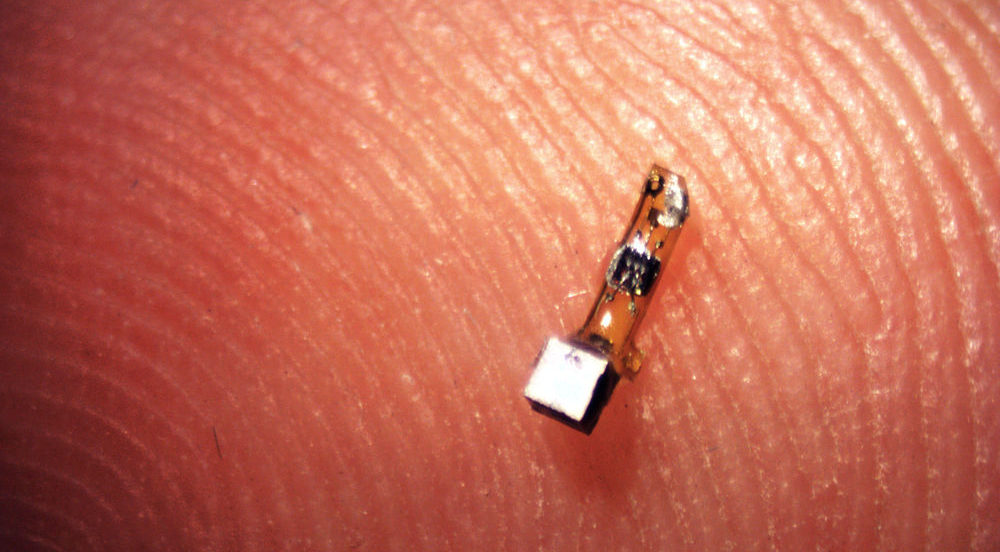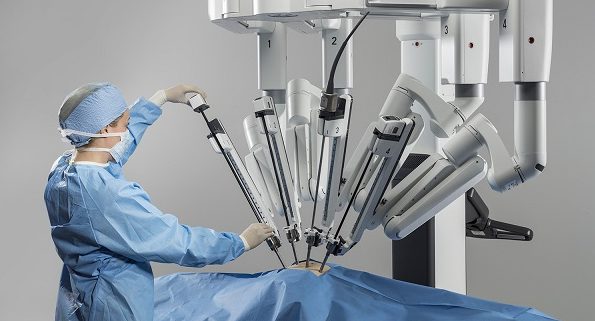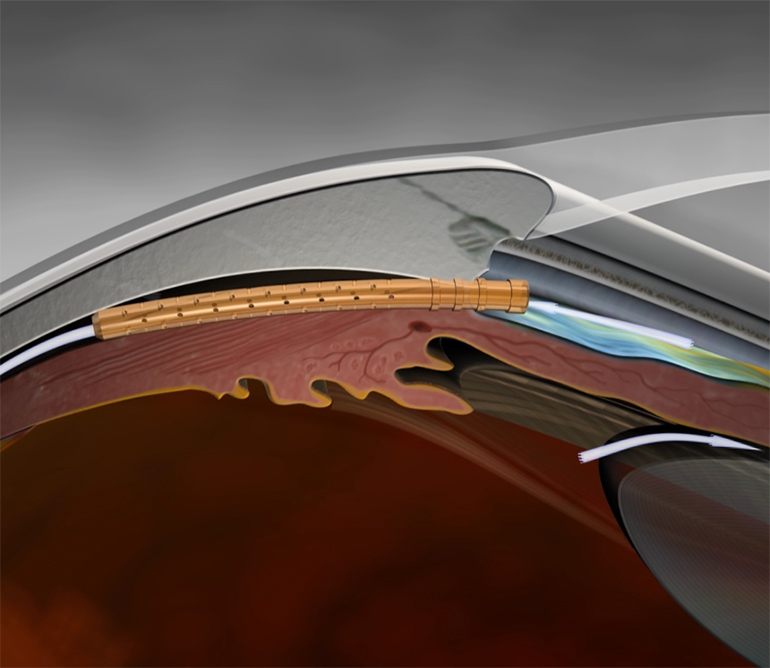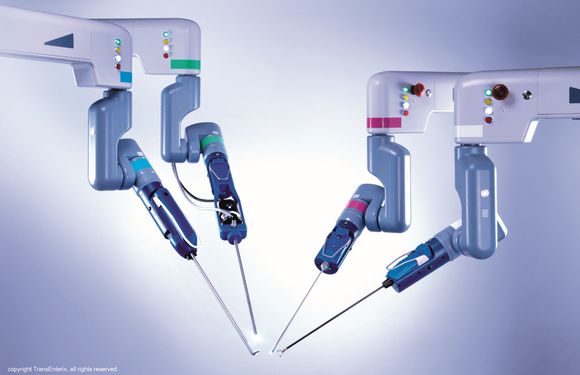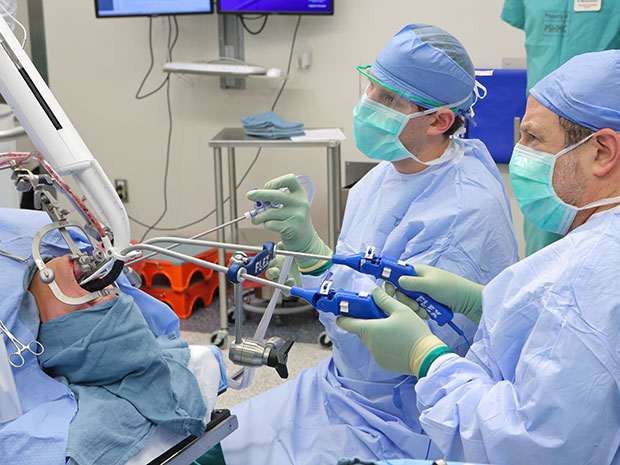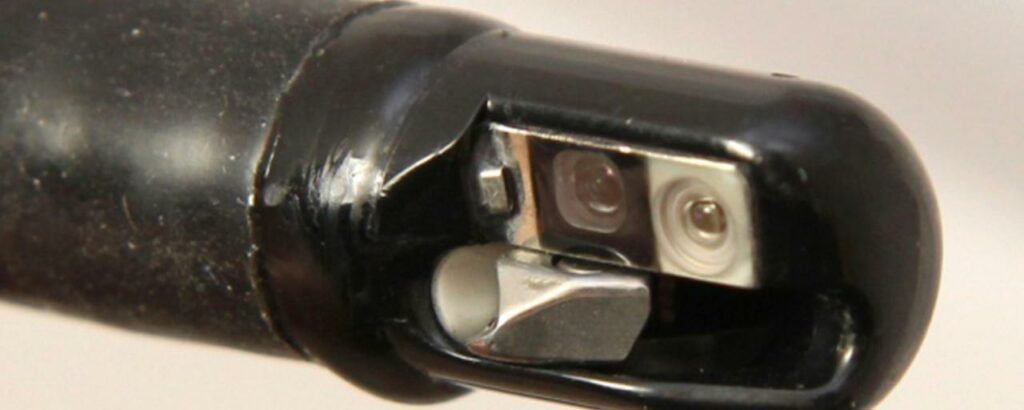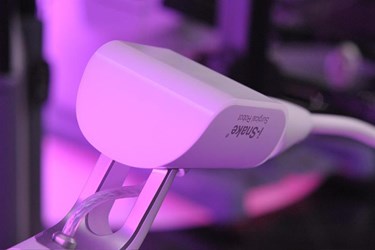Surgery and Surgical Robotics
Wireless ‘Neural Dust’ Could Monitor Your Brain
Science fiction that features wires connecting brains to computers might now be obsolete. Wireless powered implants, each smaller than a grain of rice, could serve as “neural dust” that can one day scan and stimulate brain cells. Such research could one day help lead to next-generation brain-machine interfaces for controlling prosthetics, exoskeletons and robots, as…
Read MoreIntuitive Surgical Exec: Here Is Why Robotic Surgery Is Useful
Dr. Catherine Mohr, senior director of medical research at Intuitive Surgical. Intuitive Surgical is the maker of the Da Vinci Surgical System, a robot used in prostate removal and other surgical procedures. There, Dr. Mohr develops new surgical procedures and evaluates new technologies for improving surgical outcomes. She submitted this piece in response to a post by Forbes contributor…
Read MoreFDA approved CyPass Micro-Stent, an Implant for Glaucoma
The FDA has approved the CyPass Micro-Stent, a device for treatment of mild to moderate primary open-angle glaucoma that is intended to be implanted along with cataract surgery. The device will be marketed by Alcon, a division of Novartis. Alcon acquired Transcend Medical, the original developer of this technology, in February 2016. The stent creates a channel for…
Read MoreTransEnterix, Inc. Announces First Sale of ALF-XⓇ Surgical Robotic System
RESEARCH TRIANGLE PARK, N.C.–(BUSINESS WIRE)– TransEnterix, Inc. (NYSE MKT: TRXC), a medical device company that is pioneering the use of robotics to improve minimally invasive surgery, today announced the first global sale of its ALF-XⓇ Surgical Robotic System to Humanitas Hospital in Milan, Italy. “We are pleased to announce the first global sale of our…
Read MoreThe Future of Robotic Surgery: Snake-Like Robot That Glides Into Orifices
Letting a snake-like robot glide into your mouth and down your throat may sound a bit alarming. Letting such a robot glide into any of your other orifices may sound more alarming still. But the Flex Robotic System from Medrobotics, in Raynham, Mass., has earned high praise from a head and neck surgeon who has…
Read MoreScandal Over Tainted Olympus Scopes Renews Call For Tougher Requirements on Medical Device Warnings
A U.S. lawmaker is renewing his push for Congress to toughen requirements on medical device warnings, calling Olympus Corp.’s 2013 decision against issuing a broad alert to U.S. hospitals about scope-related superbug outbreaks “despicable.” Rep. Ted Lieu, a Democrat from California, says internal Olympus emails about that decision, detailed for the first time in a…
Read MoreA “Window to the Brain:” Transparent Skull Implants to Ease Laser Brain Surgery
The day when surgeons can stop having to repeatedly cut open the skull to deliver life-saving laser therapy to the brain moves closer with the development of a new material for making transparent skull implants. Researchers at the University of California – Riverside (UCR) report their progress with the new implant material in two recently…
Read MoreMIPT Scientists Develop Ceramic-Based Laser
Scientists from MIPT and their colleagues have developed a compact and powerful ceramic-based laser with applications in minimally traumatic and inexpensive laser surgical scalpels, and also for cutting and engraving composite materials. The results of the study have been published in Optics Letters. Today, lasers are in consumer electronics devices, medicine, metallurgy, metrology, meteorology, and…
Read MoreStanford University Neurosurgery Embraces Surgical Theater’s Virtual Reality Platform
Surgical Theater’s Virtual Reality (VR) medical visualization platform lands at Stanford University, Department of Neurosurgery, in the heart of Silicon Valley where medical innovation converges with technology to usher in the next-generation of patient engagement and health care. Stanford University leads the way in advancing medicine on multiple fronts from research to treatment. With Surgical…
Read MoreSurgical Robots of the Future Likely to be More Targeted & Provide Tangible Healthcare Benefits
While robots have been in use since the 1960s, it is only 25 years since robotic technologies were first used to assist surgeons in improving surgical outcomes, providing such benefits as less trauma on the body, minimal scarring, and faster patient recovery times. Among the first robots to be deployed were ROBODOC and Acrobot, developed…
Read More
